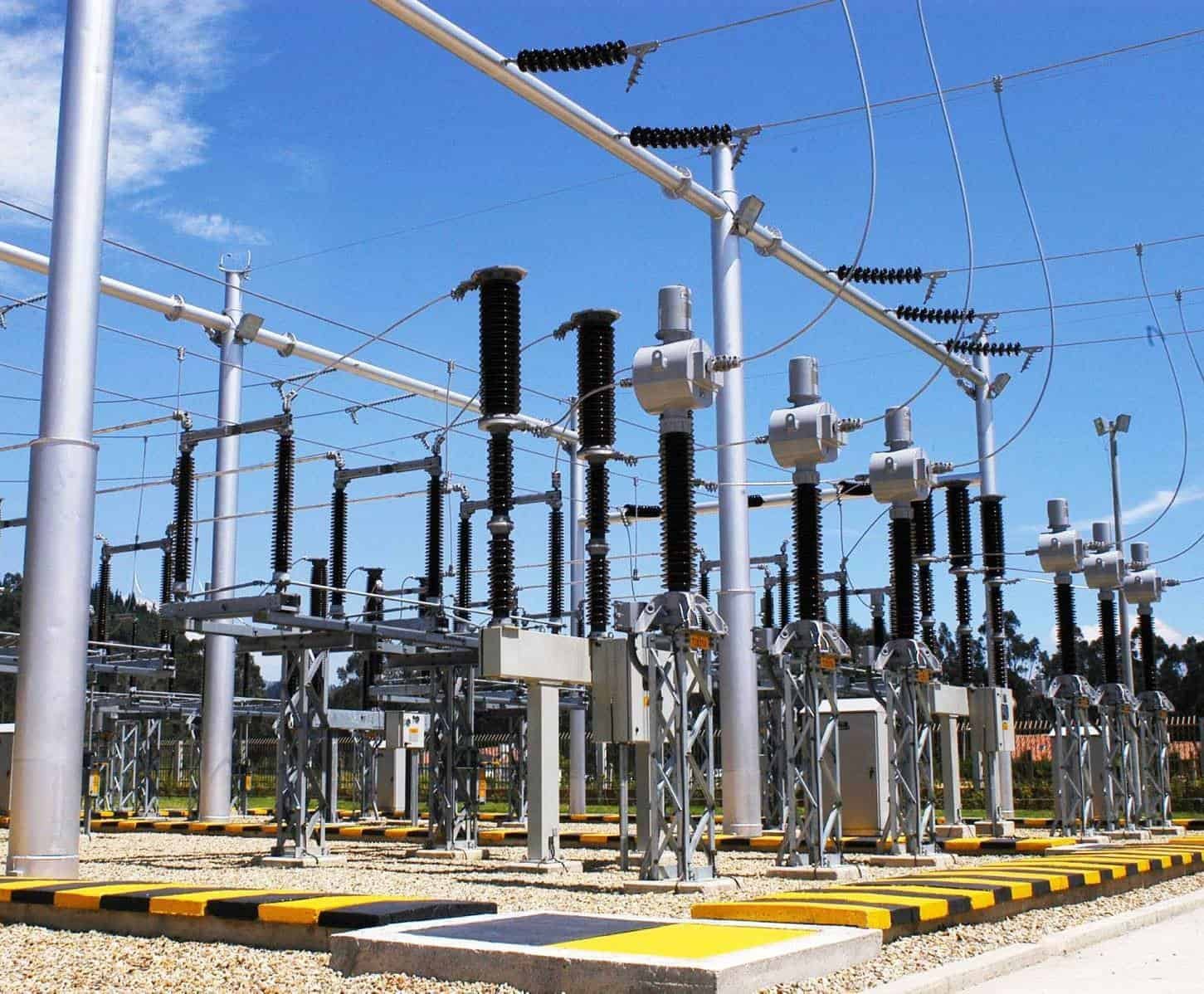Aging transformer oil threatens your equipment’s safety. A sudden failure can cause catastrophic damage and costly downtime. Knowing the signs for oil replacement or reclamation prevents this. The key signs include low dielectric strength, high moisture content, increased acidity, poor color, and concerning results from Dissolved Gas Analysis (DGA).
These indicators show the oil can no longer properly insulate and cool the transformer, signaling the need for immediate action. Understanding these signs is the first step. But to make the right decision for your equipment’s health and your budget, you need to know what these indicators truly mean. You also need to know what your options are. Let’s explore the critical tests that reveal the true condition of your insulating oil and help you choose the best course of action.
What are the most critical tests for transformer oil quality?
You might suspect your transformer oil is going bad, but you can’t be sure without data. Guesswork can lead to replacing oil too soon or, even worse, an unexpected and costly equipment failure. Using specific, targeted tests gives you the clear data you need to act confidently.
The most important tests are Dielectric Breakdown Voltage (BDV) to check insulating strength, Karl Fischer Titration for moisture content, Acidity testing for chemical decay, and Dissolved Gas Analysis (DGA) to find internal faults. Together, these tests provide a complete health check for your transformer. At our factory, we build the precise tools needed for these evaluations, like our Transformer Oil BDV Tester for BDV tests and our Oil Chromatography Testers for DGA.
These tests are not just about getting numbers; they are about getting actionable intelligence. For example, a low BDV reading from our tester directly tells an engineer that the oil’s primary function—insulation—is compromised. This moves the conversation from “I think there’s a problem” to “We have an insulation breakdown risk at X kV and need to act.” This level of clarity is essential for our clients, who manage critical and expensive assets. The goal is to provide reliable data to make smart maintenance decisions, preventing failures before they happen.
| Test Name | ما الذي يقيسه | Standard (Example) | What a Bad Result Means |
|---|---|---|---|
| Dielectric Breakdown (BDV) | The oil’s ability to withstand electrical stress before breaking down. | IEC 60156 | The oil can no longer insulate properly, creating a high risk of electrical arcing and catastrophic failure. |
| Moisture Content (Karl Fischer) | The amount of dissolved water in the oil, measured in parts per million (ppm). | IEC 60814 | Water drastically reduces the oil’s dielectric strength and accelerates the aging of the transformer’s paper insulation. |
| Acidity (Neutralization Number) | The level of acidic byproducts formed from the oil’s oxidation over time. | IEC 62021-1 | The oil is chemically degrading. This leads to sludge formation, which hinders cooling and corrodes internal metal parts. |
| Dissolved Gas Analysis (DGA) | The specific types and quantities of gases dissolved in the oil. | IEC 60599 | Different gases indicate specific internal faults, such as overheating (ethylene), partial discharge (hydrogen), or arcing (acetylene). |
What is the difference between oil replacement and reclamation?
Your oil test results are bad, so what’s next? You face a choice between spending a lot on new oil or trying to fix the old oil. Making the wrong choice can waste money and time, or fail to solve the underlying problem. Understanding the key differences between the two solutions is critical.
Oil replacement means completely draining the old, degraded oil and refilling the transformer with new, unused oil. Oil reclamation, also known as regeneration, is a process that uses advanced filtration systems to treat the existing oil, removing contaminants like moisture, acids, and sludge to restore its properties. Many of our clients, especially those in project-based sectors like power generation and transmission, carefully weigh these options. Replacement is straightforward but comes with significant costs for new oil and the disposal of the old, which can be an environmental concern. Reclamation, on the other hand, is a more sustainable and often more economical choice.
It’s a process where the oil is circulated through a treatment plant that can remove moisture, filter out solid particles, and use materials like Fuller’s Earth to absorb acids and other decay products. A major advantage we often discuss with clients is that reclamation can frequently be performed while the transformer remains energized, eliminating the need for a costly and disruptive outage.
| الميزة | Oil Replacement | Oil Reclamation |
|---|---|---|
| Process | Drain all old oil, flush the transformer, and fill it with new, clean oil. | Circulate existing oil through an on-site or off-site treatment system to remove contaminants. |
| Downtime | The transformer must be de-energized and taken offline for the entire process. | Can often be performed while the transformer is energized and in service, minimizing disruption. |
| Cost | High initial cost due to the price of new oil and fees for hazardous waste disposal. | Generally a lower upfront cost. It recycles the existing asset and avoids disposal fees. |
| Environmental Impact | Creates a large volume of used oil that requires proper, regulated disposal. | A greener solution that recycles and reuses the oil, supporting sustainability goals. |
| الأفضل لـ | Oil that is severely degraded, heavily sludged, or when the transformer requires internal repairs anyway. | Moderately degraded oil where the base stock is still good but contaminated with water, particles, or acids. |
How do you choose between replacing and reclaiming your transformer oil?
You know the difference between replacement and reclamation, but which one is right for your specific situation and equipment? Making a less-than-ideal choice can compromise your asset’s long-term health or be a poor use of your maintenance budget. Using a simple decision framework can help you choose correctly. The right choice depends on the test results, the transformer’s age and importance, and your budget.
If DGA results show high levels of gases like acetylene, it points to a severe internal fault. In this case, reclamation is not enough; the transformer needs repair, and the oil must be replaced. For high moisture or acidity with clean DGA results, reclamation is an excellent, cost-effective choice. This decision-making process is a frequent topic of conversation I have with electrical maintenance managers and power plant engineers. They rely on the data from our test equipment to guide their strategy.
For example, if our SF6 Gas Tester finds a leak in a circuit breaker, the decision is to repair it. Similarly, if our Transformer Oil Tester shows high moisture but a good DGA profile, the recommendation is clear: reclaim the oil. The goal is always to extend the life of the asset safely and economically. Our role as a manufacturer is not just to sell a box, but to provide the tools that empower our clients to make these critical, data-driven decisions for their power systems.
| Test Result Scenario | Primary Concern | Recommended Action | Rationale |
|---|---|---|---|
| Low BDV, High Moisture | Poor Insulation, Risk of Failure | Reclamation | This is a classic case where reclamation excels. The process is highly effective at removing water and restoring dielectric strength, offering a fast and economical fix. |
| High Acidity, Early Signs of Sludge | Chemical Degradation, Poor Cooling | Reclamation or Replacement | Reclamation can remove acids and soluble decay products. If sludge is minimal, it’s a great option. If sludge is heavy, replacement after a flush may be necessary. |
| Bad DGA Results (e.g., high acetylene) | Severe Internal Fault (Arcing) | Investigate & Replace | The bad oil is a symptom of a much larger problem. The transformer must be inspected for internal damage. After repairs, it must be refilled with new oil. |
| Dark Color, but other parameters are OK | Early-Stage Oxidation | Monitor & Plan | Color alone is not a reason for immediate action, but it is a warning sign. Increase the frequency of testing to track the rate of degradation and plan for future maintenance. |
الخاتمة
Regularly testing your transformer oil is not an expense; it is a critical investment. Accurate data from reliable equipment empowers you to choose wisely between reclamation and replacement, ensuring long-term asset health.






